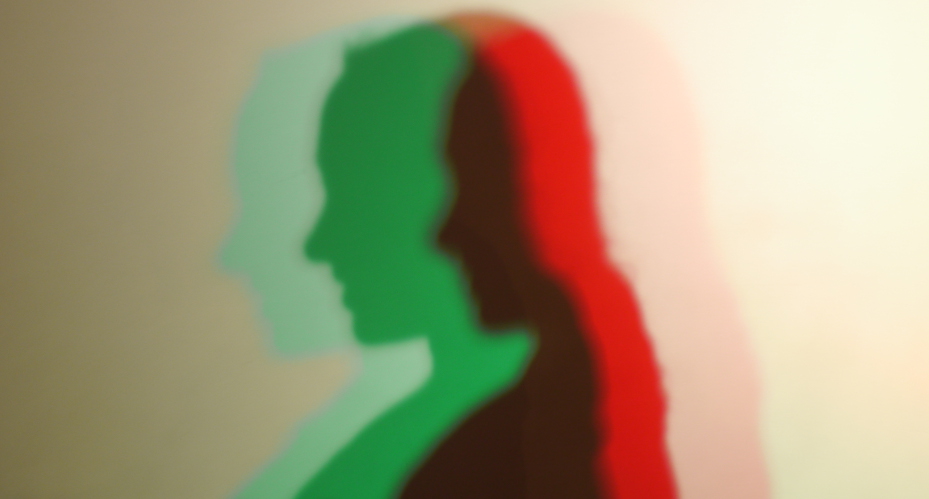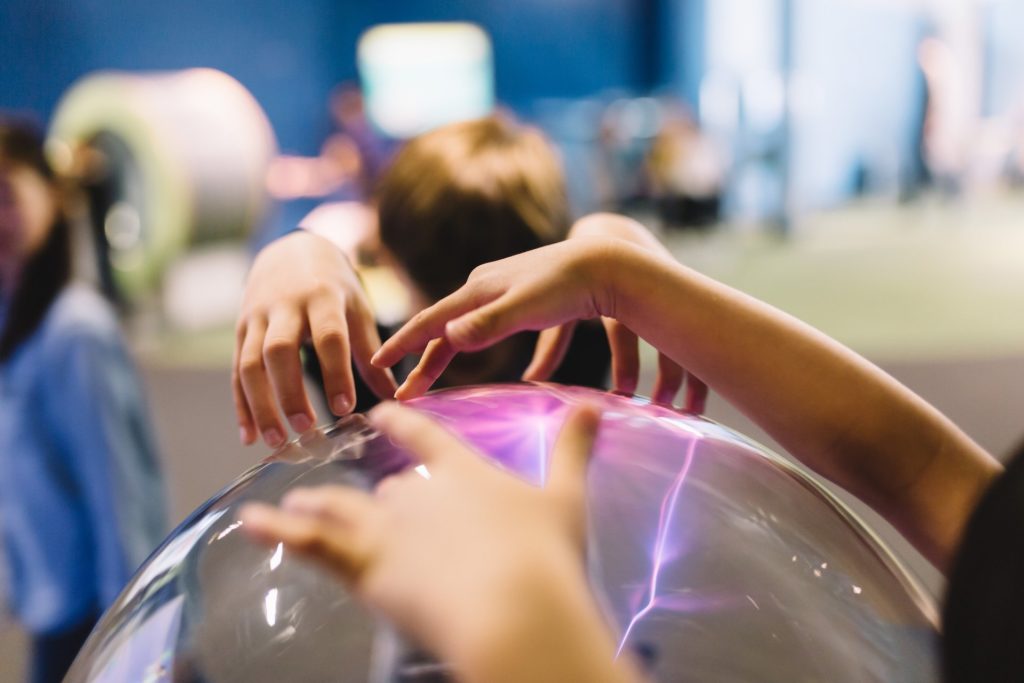Objectives
-
Explain properties of light.
-
Explain how the interactions of light with different objects creates images and shadows.
-
Predict, demonstrate and report on how light travels in a straight path and through different materials.
Materials
-
Per Group or Pair:
Dividers (cardboard box with white paper inside)
Power strip
Extension cord (length to reach from wall socket to desk)
6-foot extension cord (Note: you may need to use additional extension cords and power strips, depending on the location of wall outlets.)
1–3 night lights
1–3 small flashlights (Maglites® work best)
3-outlet adapter ( triple plug-in, grounded outlet)
2–4 shadow makers (small wood blocks, boxes, etc.)
2 transparencies
Pen/pencil
Drawing paper
Masking tape
Key Questions
-
What happened when you added more light sources?
-
What happened when you added more shadow makers?
-
What happened when you moved the shadow maker closer to the light source?
What To Do
Preparation:
- Create dividers, to block light from other sources by turning large cardboard boxes on their side.
- Tape pieces of white paper to the interior of each box.
Part 1: demonstration
- If you can, close the blinds/curtains to limit external sources of light. Turn on one light source and turn off any other sources of light (overhead lights).
- Project a shadow onto a blank wall/whiteboard/projector screen by holding up your light source in one hand and a shadow maker in the other.
- Identify the variables (light source, shadow maker) and discuss the materials available to students (more/different light sources, more/different shadow makers).
- Prompt students to think about one simple change they could make that would cause what they see to be different.
- What could you change/add (variables)?
- Ask students to write their investigative question down (or start with their question as identified in Part 1 above).
Teacher Tip: for younger students, consider generating questions as a class and then ask them to choose the one that they think is most interesting. Provide sentence prompts such as, “How would _____ change if I changed ______?”
Part 2: exploration
- Arrange students into groups of no more than 3 (these can be based on similar investigative questions) and ask them to set up a divider on one desk.
- Invite students to set-up the materials for the demonstration.
- Provide ample time and materials for students to explore the behaviour of light. Encourage students to change one variable at a time (number of lights, number of shadow makers, distance between shadow maker and light, etc.).
- Ask students to document their learning throughout.
Teacher Tip: Ask younger students to draw a picture of what they see happening and to label the light source, object and shadow(s). Ask older students to write down or draw the evidence that answers their original questions, as well as writing down any additional questions that they come up with.
Part 3: demonstration (for older students)
- Draw a small, thick square or circle on the transparency. Hold the transparency in between the light source and the divider.
- How could you change the size of the shadow?
- What would happen to the shadow if you turned on more than one light source?
Extensions
-
What would happen if you used different coloured bulbs?
Other Resources
Science World Resources | Ombres et lumière | French version of this resource
Exploratorium | Light Play

